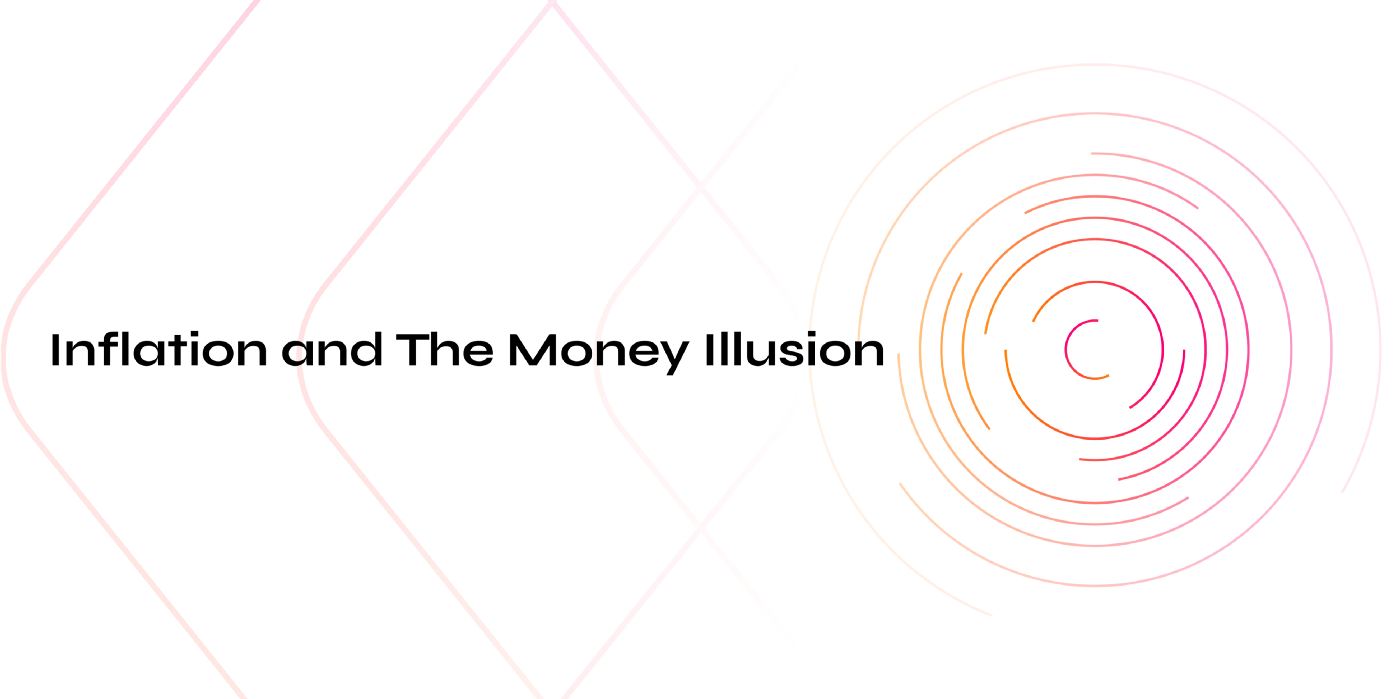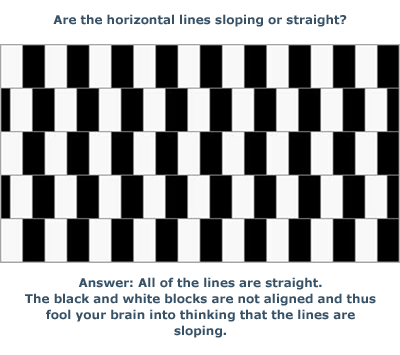The World Before MahaDAO — The Money Illusion and the Enemy #1

"A nickel ain't worth a dime anymore" — Yogi Berra
It was December of 1927 when Professor E. W. Kemmerer, at a meeting of the Stable Money Association, said:
We have standardized every other unit in commerce except the most important and universal unit of all, the unit of purchasing power. What businessman would consent for a moment to make a contract in terms of yards of cloth or tons of coal and leave the size of the yard or the ton to chance?… We have even standardized our units of electricity (the ohm, the kilowatt, the ampere, the volt). But the dollar is still left to the chances of gold mining.
There is probably no defect in the world's economic organization today more serious than the fact that we use as our unit of value not a thing with a fixed value but a fixed weight of gold with a widely varying value. In a little less than half a century here in the United States, we have seen our yard-stick of value, namely the value of a gold dollar, exhibit the following gyrations:
From 1879–1896 it rose 27%.
From 1896–1920 it fell 70%.
From 1920 — September 1927, it rose 56%.
If figuratively speaking, we say that the yard-stick of value was thirty-six inches long in 1879 when the United States returned to the gold standard, then it was 46-inches long in 1896, 13.5 inches long in 1920, and is 21 inches long today.
About this article
Before we jump headlong into how MahaDAO aims to solve the problem, for which there are various articles already published and also going to be published, we'd like to establish some concepts around what we all know as the time value of money, or as the economists say, the Money Illusion. Therefore, this article would not — is not meant to — touch upon the cryptocurrency part; instead, it is supposed to be curated sections of important reviews on the problem statement.
The veil of money illusion
When inflation was high in Israel, it was common to use the U.S. Dollar for both analysis and transactions. Yet, this substitution did not preclude the continuation of money illusion relative to the dollar's changing value.
People tend to adopt the particular frame that is presented (e.g., wealth versus changes in wealth) and proceed to evaluate the options in that frame. People's satisfaction with their income depends not only on its buying power but also on how it compares with an earlier salary or coworkers' salaries. (Suggested reading: The Money Illusion, 1928 Fisher)

Money illusion is observed when, evaluating a higher income, an individual is content with more money income, although a simultaneous rise in prices keeps real income unchanged. But, of course, what matters when economic conditions change is a person's buying power (say, the ratio between income and costs) rather than how much money the person has (the difference between income and costs).
What is Real?
If everything doubles — you make twice as much, everything costs twice as much, etc. — you will also save twice as much, but it will have the same buying power as before: the set of commodity bundles available for purchase is unchanged. On the other hand, if people's evaluation of their income is based not only on its actual buying power but also on the sheer number of dollars, then their preferences may correlate with nominal changes even when there is no real change.
Public evaluations are influenced by nominal transactions rather than by real economic terms. For example, most people attribute happiness to perceptions based on nominal terms (despite lower real raises in, say, income), and they may not understand the logic of inflation.
On the Origins of Money, err...
If we reckon our resources in money, the whole position is radically altered and becomes most unstable. On the other hand, we might use a money standard of measurement either because we believe it to be an effective store of value or because we were bound by convention to attempt to maintain the money value of our resources intact. In either event, the price of money in terms of itself is unity, and the standard error of this estimate is zero.
Looking at inflation over, say, a span of 50+ years, we can easily derive the inference that if we used (the current fiat) money as our standard of value, we should be much more enterprising in periods of rising prices but that expectations of a general fall in prices would have a much more severe effect than when we used some composite standard.
In times of rising prices, we shall be wise to borrow any amount of money to increase our holdings of assets with prices that are expected to rise in money terms. But, on the other hand, in times of falling prices, we shall be happy to hold a substantial proportion of our resources in the form of money and be anxious to incur liabilities in terms of things, the prices of which are expected to fall in real terms.
Financial Enemy Number 1
Inflation, and the fight against it, have been very much in the public's mind in recent years. The shrinkage in the purchasing power of the dollar in the past, and particularly the fear (or hope by speculators) of a further severe decline in the future, has greatly influenced the thinking of Wall Street. It is evident that those with a fixed dollar income will suffer when the cost of living advances, and the same applies to a fixed amount of dollar principal. On the other hand, holders of stocks have the possibility that a loss of the dollar's purchasing power may be offset by advances in their dividends and the prices of their shares.
Federal policies have been ineffective for many years as they result in higher living costs, the income from stocks, bonds, fixed deposit interest, and other yielding financial instruments, which is a serious shrinkage.
Inflation & Stock
There is no close time connection between inflationary (or deflationary) conditions and the movement of common-stock earnings and prices. (the curious reader can check some data provided in the referenced books and websites)
Inflation and Corporate Earnings
Another highly important approach to the subject is a study of the earnings rate on capital shown by American businesses. This has fluctuated, of course, with the general rate of economic activity, but it has shown no general tendency to advance with wholesale prices or the cost of living. So far, rather than inflation benefiting our corporations and their shareholders, its effect has been quite the opposite. The most striking figures are those for the growth of corporate debt between 1950 and 2020; it is surprising how little attention has been paid by economists and by Wall Street to this development. The debt of corporations has expanded more than fivefold while their profits before taxes a little more than doubled.
Inflation & Real Estate
Outright real estate ownership has long been considered a sound long-term investment, providing protection against inflation. Unfortunately, real-estate values are also subject to wide fluctuations; serious errors can be made in location, the price paid, etc.; there are pitfalls in salespeople's wiles. Finally, this too is not our field. All we should say to the investor is, "Be sure it's yours before you go into it."
Inflation & Exotic Objects
Quite a few categories of objects have had striking advances in market value over the years — such as diamonds, paintings by masters, the first edition of books, rare stamps, coins, etc. But in many, perhaps most, of these cases, there seems to be an element of the artificial, the Precarious, or even the unreal about the quoted prices. For example, somehow, it is hard to think of paying $67,500 for a U.S. silver dollar dated 1804 (but not even minted that year) as a store of value or an investment operation.
Inflation & Gold
The standard policy of people worldwide who mistrust their currency has been to buy and hold gold. This has been against the law for American citizens since 1935 — luckily for them, in the past 85 years, the price of gold in the open market has advanced a lot. Still, during all that time, the leader of gold has received no income return on hi pit one instead has incurred some annual expense for storage. He would have done much better with his money at interest in a Savings bank, despite the rise in the general price
Interesting Stats
Goods and services priced at $100 at the beginning of 1973 cost $230 by the end of 1982, fading the dollar value to less than 45 cents. No one who lived through it would scoff at such destruction of wealth; no one who is prudent can fail to protect against the risk that it might recur.
Since 1960, 69% of the world's market-oriented countries have suffered at least one year in which inflation ran at an annualized rate of 25% or more. On average, those inflationary periods destroyed 53% of an investor's purchasing power. We would be crazy not to hope that America — or your country — is somehow exempt from such a disaster. But we would be even crazier to conclude that It can never happen here in my country.
Rising prices allow Uncle Sam to pay off his debts with dollars that have been cheapened by inflation. Completely eradicating inflation runs against the economic self-interest of any government that regularly borrows money.
Conclusion
Money has certain limitations as a store of value; therefore, it is better to consider what goods our resources at any given moment will buy rather than what sum of money we can obtain by realizing our assets. We should be well advised to measure our resources in terms of their purchasing power over consumer goods if we are private individuals or over capital goods and labor if we're entrepreneurs. Whatever standard we decide to use, money will be just another asset like the rest, about the future value of which we are uncertain.
The solution?
ARTH valuecoin is a mission in this direction to finally solve the age-old conundrum of depreciating money's worth through the technological power of blockchain and the governing power of a socially decentralized autonomous organization.
MahaDAO: The Decentralised Autonomous Organisation
Lead the revolution
Join the vibrant MahaDAO community to usher in the next evolutionary phase of money… Let us reinvent money.
References
- Eldar Shafir, Peter Diamond, and Amos Twersky, "Money Illusion."
- The Intelligent Investor by Benjamin Graham & Jason Zweig, 2018